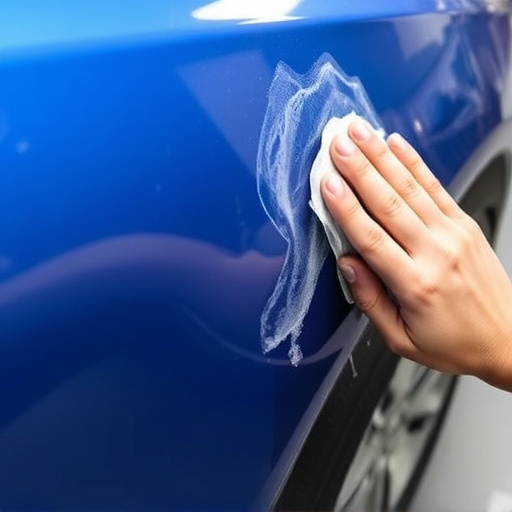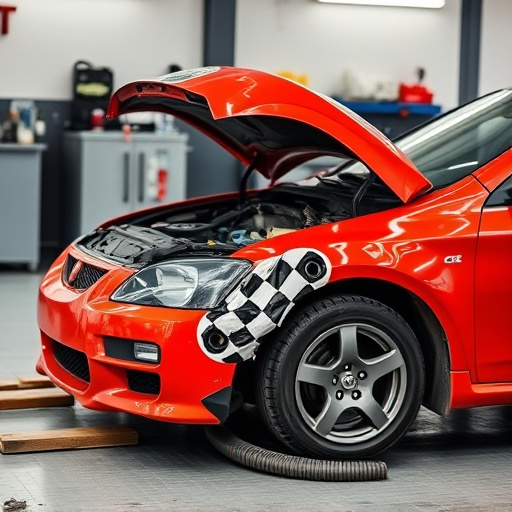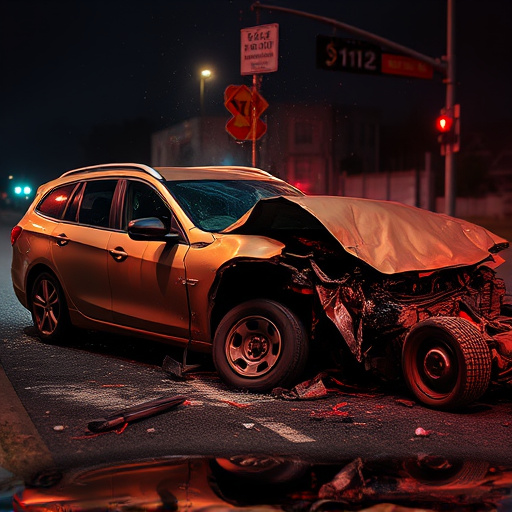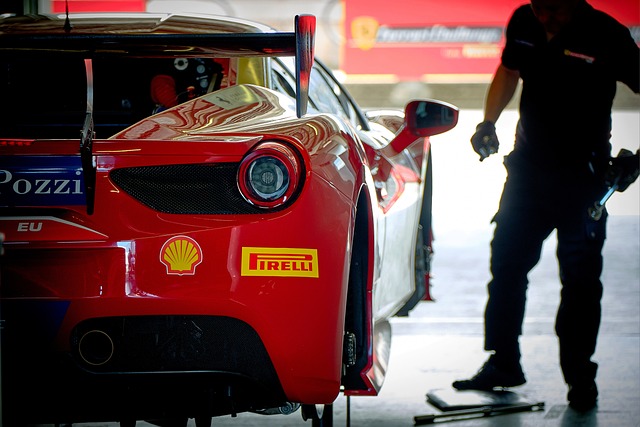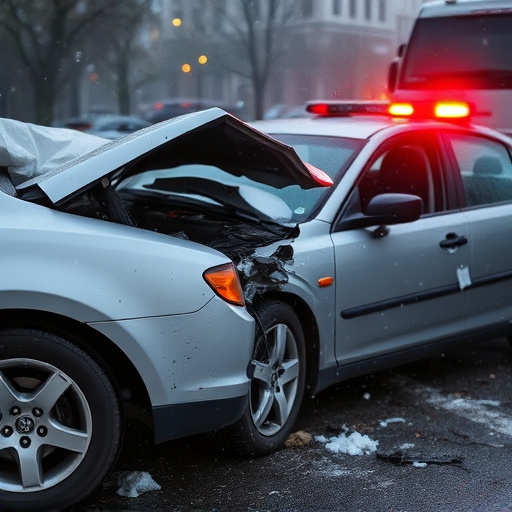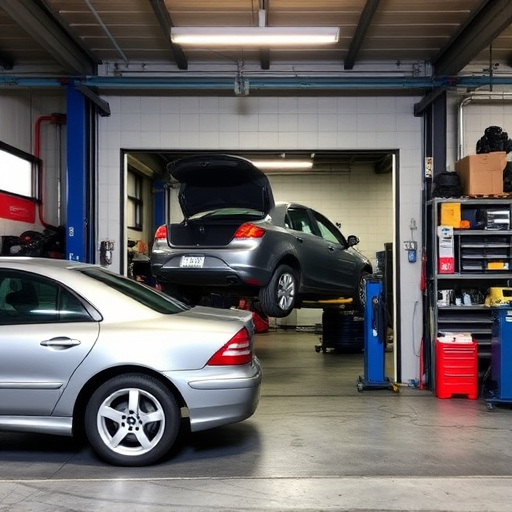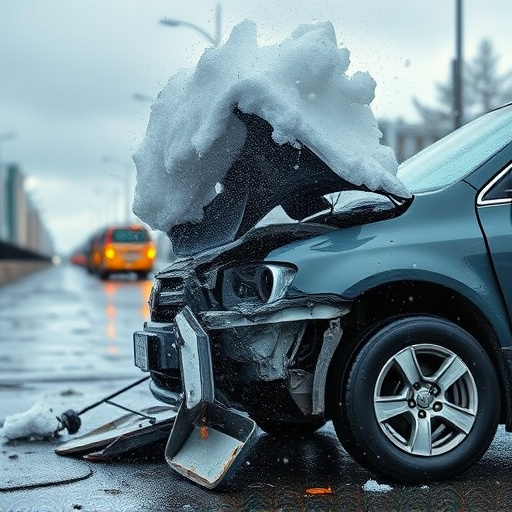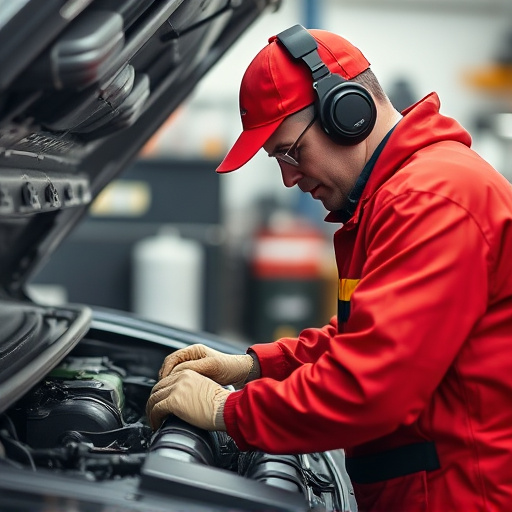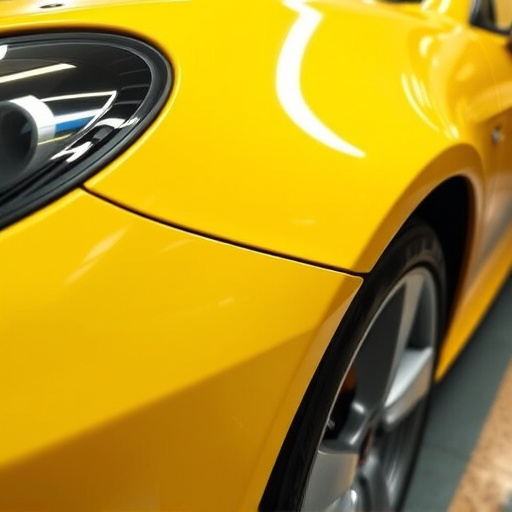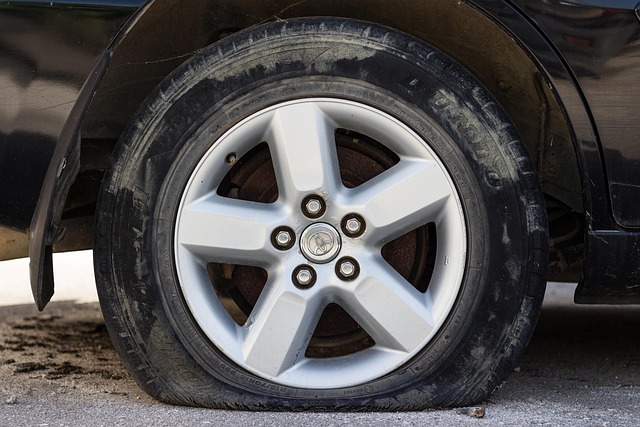Post-accident repair begins with a thorough damage assessment by skilled technicians using various tools. This evaluation determines repair scope, including structural integrity checks and hidden component issues. Repairs progress in stages, from quick fixes to extensive body work, with timelines varying based on severity. Safety and structural integrity are paramount, followed by cosmetic enhancements, ensuring vehicles return to optimal condition.
After a collision, understanding the post-accident repair timeline is crucial. The process begins with assessing damage—a critical initial step that determines the entire journey ahead. The extent of harm can vary widely, leading to complex priorities in repairs. From there, the restoration process unfolds, with timelines varying based on the severity. This guide breaks down these stages: Assessing Damage, Prioritizing Repairs, and Restoring Your Vehicle, offering insight into what to expect during each phase of post-accident repair.
- Assessing Damage: The Initial Step
- Prioritizing Repairs: Complexities Arise
- Restoring Vehicle: Timeline Unfolds
Assessing Damage: The Initial Step
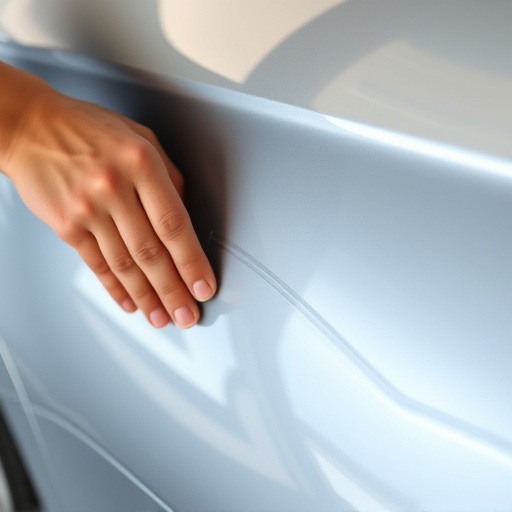
Assessing damage is the critical first step in any post-accident repair process. After a collision, it’s essential to thoroughly inspect the vehicle to determine the extent of the harm. This involves meticulously examining every part of the car, from the exterior panel and paintwork to the interior components and mechanical systems. Skilled technicians use a combination of visual inspection, diagnostic tools, and sometimes even specialized equipment to identify damaged areas, pinpointing both visible and hidden injuries that may have occurred during the incident.
This initial damage assessment is crucial as it forms the foundation for estimating repair costs and timelines. Depending on whether the collision resulted in minor dents and scratches or extensive frame damage, different approaches and techniques will be required for effective post-accident repair, including processes like frame straightening and specialized body shop services to restore the vehicle’s structural integrity and aesthetic appeal.
Prioritizing Repairs: Complexities Arise
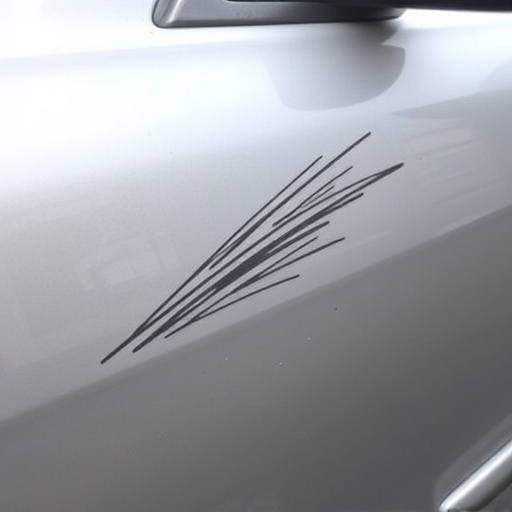
When a vehicle undergoes a post-accident repair, prioritizing damages is not always straightforward. The complexity arises from the multifaceted nature of automotive body work, where different components and systems interact intricately. Each damaged part might have implications for others, requiring careful assessment and skilled craftsmanship to restore safety and functionality. For instance, a seemingly minor fender bender could lead to hidden damage in the frame or alignment issues that necessitate specialized tools and expertise to fix accurately.
This complexity means that effective collision repair services don’t merely involve fixing visible dents and scratches but encompass a thorough inspection to identify latent problems. Automotive body work is not just about aesthetics; it’s ensuring the vehicle’s structural integrity, safety mechanisms, and overall performance. Therefore, a well-coordinated approach, involving both technical proficiency and meticulous planning, is crucial in managing the timeline for post-accident repairs.
Restoring Vehicle: Timeline Unfolds
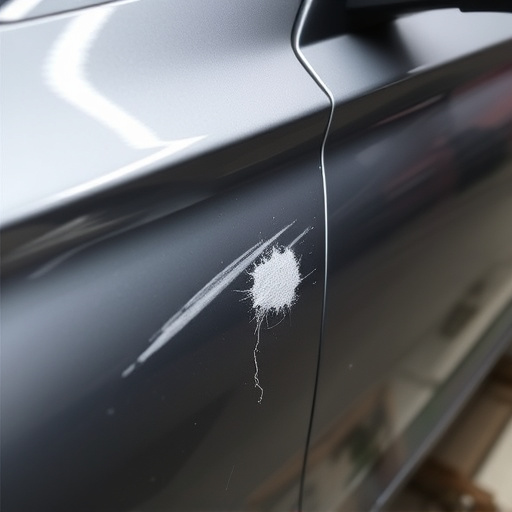
Restoring a vehicle after an accident involves several steps, each with its own timeline. The process begins with an initial assessment to determine the extent of damage, which is crucial in setting the stage for subsequent repairs. Minor scratches and dents can often be addressed quickly, sometimes within days, using techniques like paintless dent removal or scratch repair. These methods are cost-effective and non-invasive, allowing the vehicle to return to its pre-accident condition with minimal disruption.
For more significant damages, including extensive body work or frame adjustments, the timeline extends considerably. Autobody repairs can take weeks or even months, depending on factors like parts availability, complexity of repairs, and shop capacity. In such cases, it’s important to prioritize safety and structural integrity before considering cosmetic enhancements. Post-accident repair timelines thus unfold in a phased manner, ensuring each stage is completed meticulously to restore the vehicle to its optimal state.
The journey towards restoring a vehicle after an accident involves a careful dance of assessment, prioritization, and execution. Each step, from assessing damage to prioritizing repairs, sets the stage for the eventual timeline. This process is as unique as the vehicle itself, with timelines varying greatly based on the extent of the damage. Understanding these complexities empowers drivers to navigate post-accident repairs effectively, ensuring their vehicles return to safe, road-ready conditions in a timely manner.
